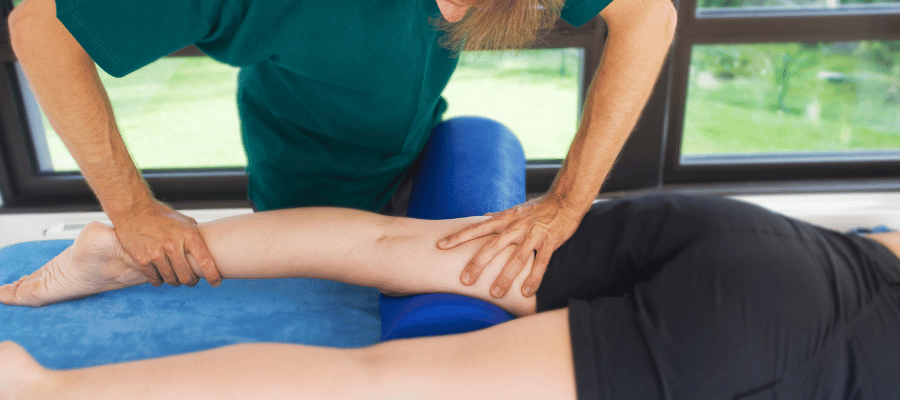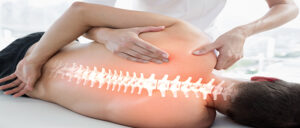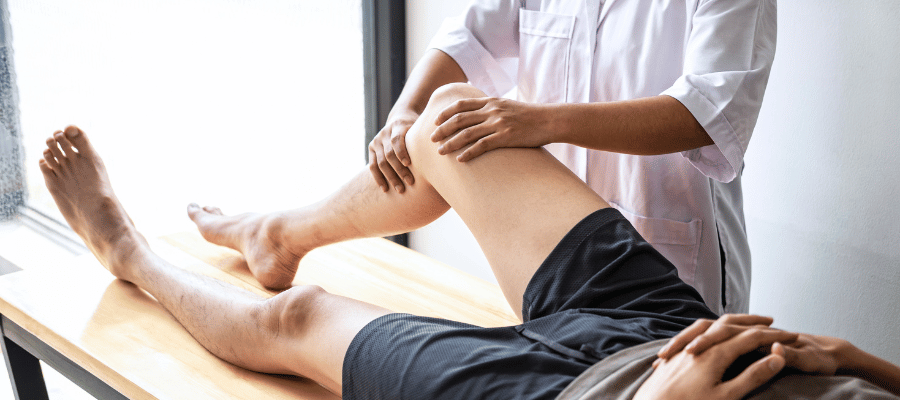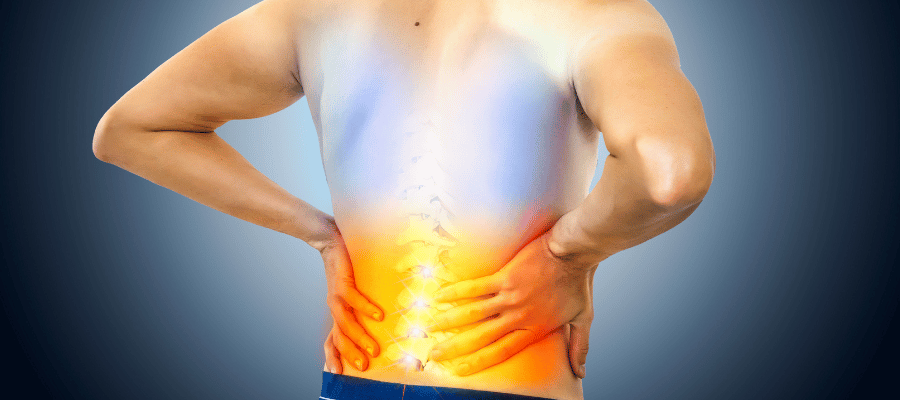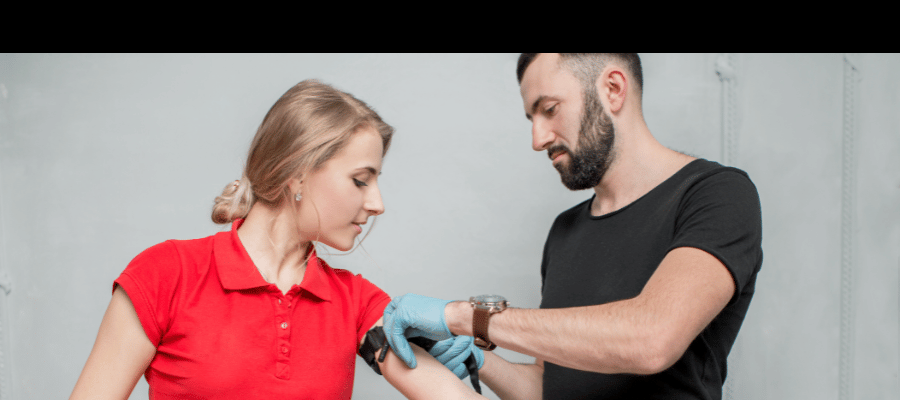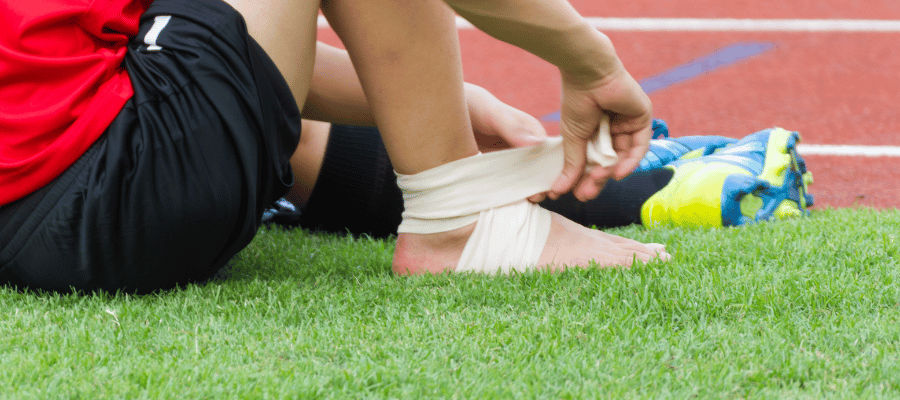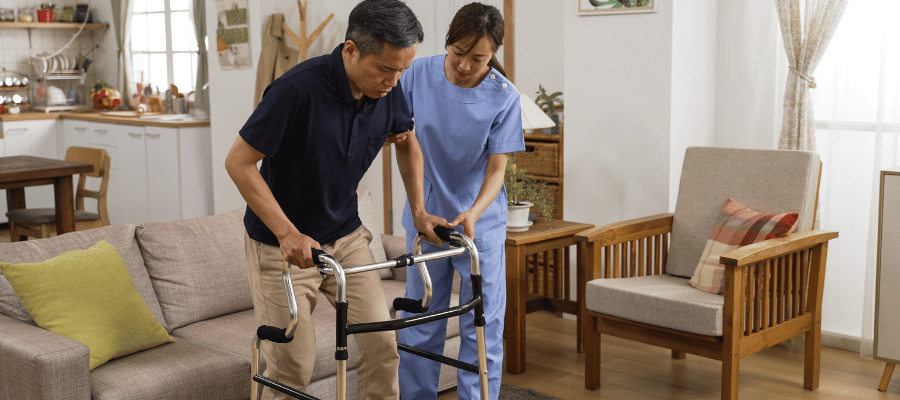How to Restore Knee Extension Range of Motion After ACL Reconstruction.
Table Of Contents
- Introduction
- Some of The Most Important and Simple Exercises to Improve Knee Extension Range Following ACL Reconstruction
- Tips to Consider
- Conclusion
Introduction
Knee extension deficit or loss of extension is a potential complication following ACL reconstruction. Lack of full extension after an ACL rupture may contribute to functional deficits and an increased risk of osteoarthritis. Loss of terminal extension often occurs because of hamstring contracture and quadriceps inactivation. Failure to regain full extension during the first few weeks may pose a risk for adverse long-term outcomes, making it crucial to address the problem at the earliest.
Some of The Most Important and Simple Exercises to Improve Knee Extension Range Following ACL Reconstruction

- Heel Raise
- One of the best, most passive ways to work on extension is by sitting with your leg and raising your heel.
- Quads Squeeze with Heel Raise
- Sit straight and try to lay your leg flat and wrap a towel around your heel. As you squeeze your quad, try to pull the towel up to help straighten your leg. Hold for 30-60 seconds and relax.
- Elevated Leg Extensions on Chair
- Sit on one chair across from another chair of the same height. Straighten your leg so that your heel is on the heel across from you, and make sure there is no chair under your knee.
- Prone Hang
- Lay on your stomach on a bed or table, with the end of the surface hitting the quad just above the knee. Relax and let your leg straighten.
- Walking Straight
- Your walking is really important for ROM. As you walk, put your leg all the way straight. Try walking backwards as well to straighten the leg with motion.
- Terminal Knee Extension with Band
- This is a great exercise for knee extension. Attach a band to something stationary, step into the band, placing it on the hamstring just above your knee. Push your knee back against the band to straighten your leg as much as possible.
- Squats with Calf Raises
- While squatting, try to come up on your toes and go into a calf raise while pushing your leg as much as possible.
- Hamstring Stretch
- Do at least 3-4 times, holding for 30-60 seconds.
- Slant Board
- Use a slant board to elongate your calves and push your knee as straight as possible. Hold for 30-60 seconds and as you improve extension, select a more and more steep slant board.
Tips to Consider
- You must complete the exercises for knee extension several times a day.
- Listen to your body.
- Don’t overstretch.
- Don’t neglect flexion. Work on both types of ROM.
Conclusion
Restoring knee extension range of motion after ACL reconstruction is crucial to prevent functional deficits and long-term complications like osteoarthritis. By incorporating simple exercises such as heel raises, quad squeezes, elevated leg extensions, prone hangs, walking straight, terminal knee extensions with bands, squats with calf raises, hamstring stretches, and using a slant board, patients can improve their knee extension. It’s essential to follow these exercises diligently, listen to your body, avoid overstretching, and not neglect flexion exercises to achieve the best outcomes in restoring knee function.
“At Arunalaya Healthcare, we pride ourselves on being the best physiotherapy center in Delhi. Our dedicated team of experts offers top-notch physiotherapy treatment tailored to your needs. Experience the difference with the leading physiotherapy clinic in Delhi area. Our commitment to excellence ensures that you receive the best physiotherapy care possible. Trust Arunalaya Healthcare for the best physiotherapy treatment in Delhi. Our advanced physiotherapy solutions set us apart as the premier choice for your rehabilitation needs. When it comes to physiotherapy, our center stands out as the best in Delhi. Choose Arunalaya Healthcare for comprehensive physiotherapy solutions that deliver results. Visit Arunalaya Healthcare today and discover why we are the best physiotherapy center in Delhi.”
Physiotherapist in Patel Nagar | Physiotherapist for Home Visit in Patel Nagar | Physiotherapy in Patel Nagar | Best Physiotherapist in Patel Nagar | Physiotherapist Near Me | Physiotherapy Near Me | Best Physiotherapist in Delhi | Best Physiotherapist in India | Physiotherapy Center in Patel Nagar | Spine Clinic Near Me | Back Pain Physiotherapy Near Me | Sports Physiotherapist in Delhi | Stroke Physiotherapy | Paralysis | Cerebral Palsy | Best Sports Injury Physiotherapist in Delhi | Best Sports Injury Physiotherapy in Delhi | Physiotherapy Home Service | Physiotherapy at Home | Home Visit Physiotherapy | Advanced Physiotherapy in Delhi | Physiotherapy Clinic Near Me | Chest Physiotherapy Near Me

